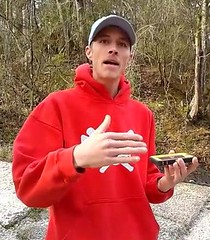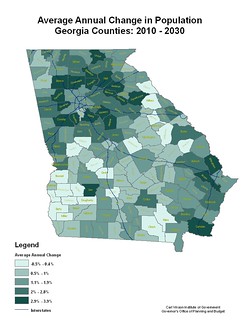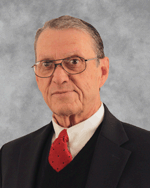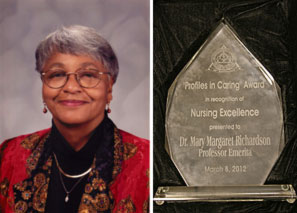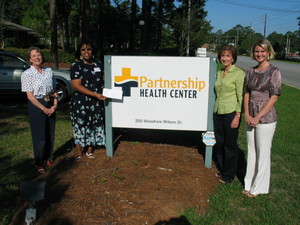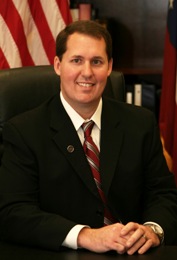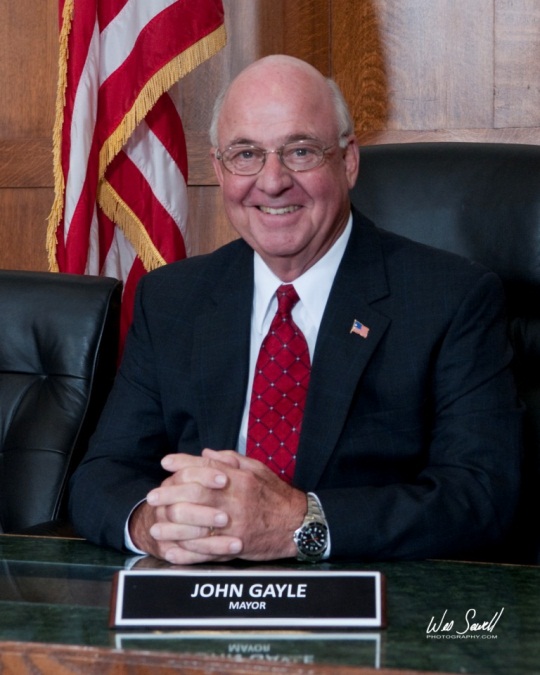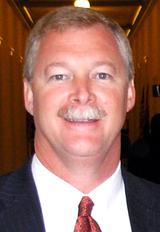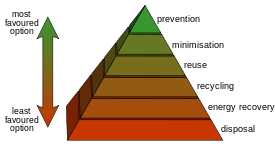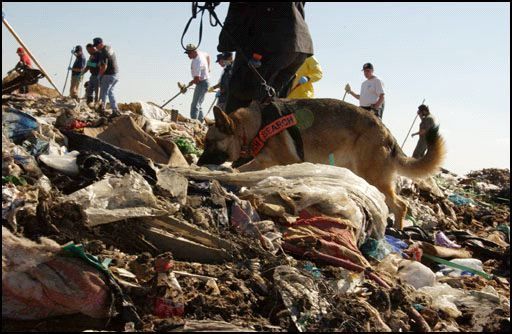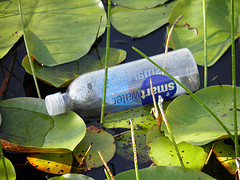Received Friday; she sent it to Chairman Slaughter. He didn’t let her speak at the Work Session, but he did talk to her. -jsq
Dear Mr. Slaughter,
I am writing you to follow up on a message I left with your office this morning. I would like a chance to speak at your Monday morning work session about the matter of the proposed abandonment of a portion of Old State Rd. leading to the Alapaha River and also have Mr. Connell present. I have been circulating paper and online petitions to the community to display the public use and enjoyment of this area. I do understand the concerns of some of the surrounding land owners about trash and trespassing. I am working on a project to get the community, individuals in the public, to make donations to purchase a portion of Dr. Acree’s land which will be donated to Lowndes County Parks and Recreation. The community would also like to work to resolve issues on trespassing and the trash dumping. I hope that we can work together on this issue and keep this beautiful, historic area an asset to Lowndes County. Thank you for your thought and consideration!
Sincerely,
April Huntley
